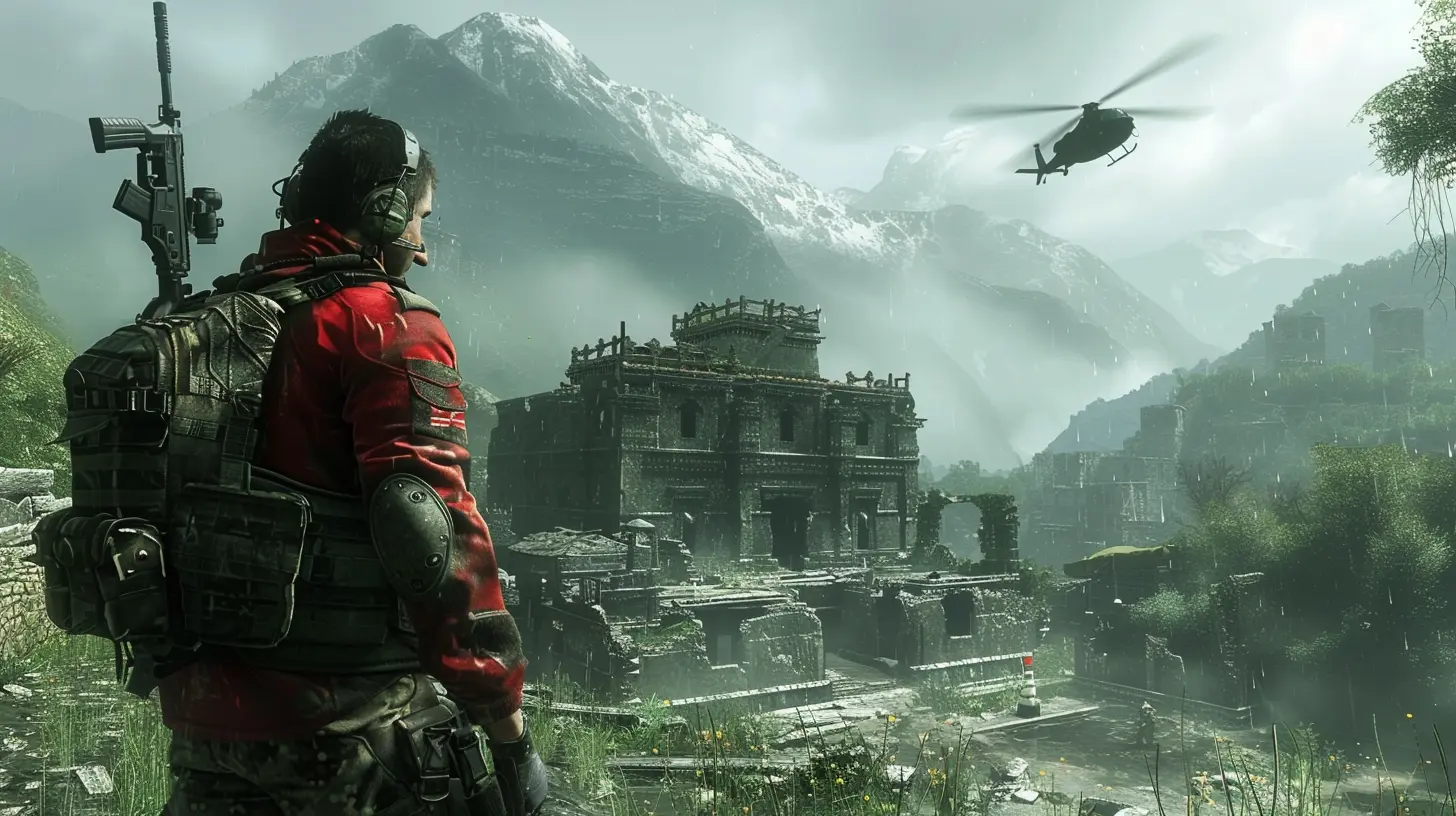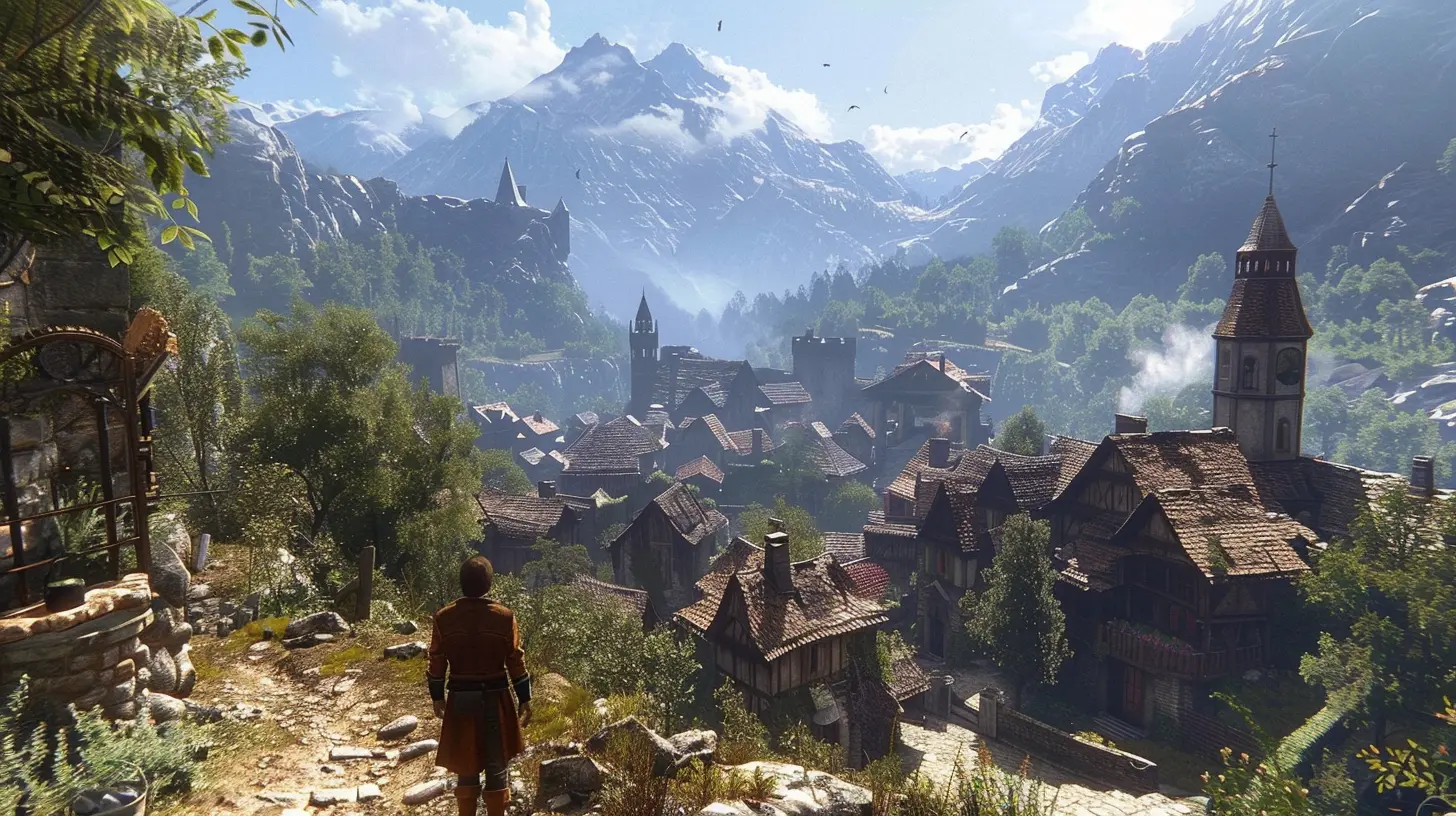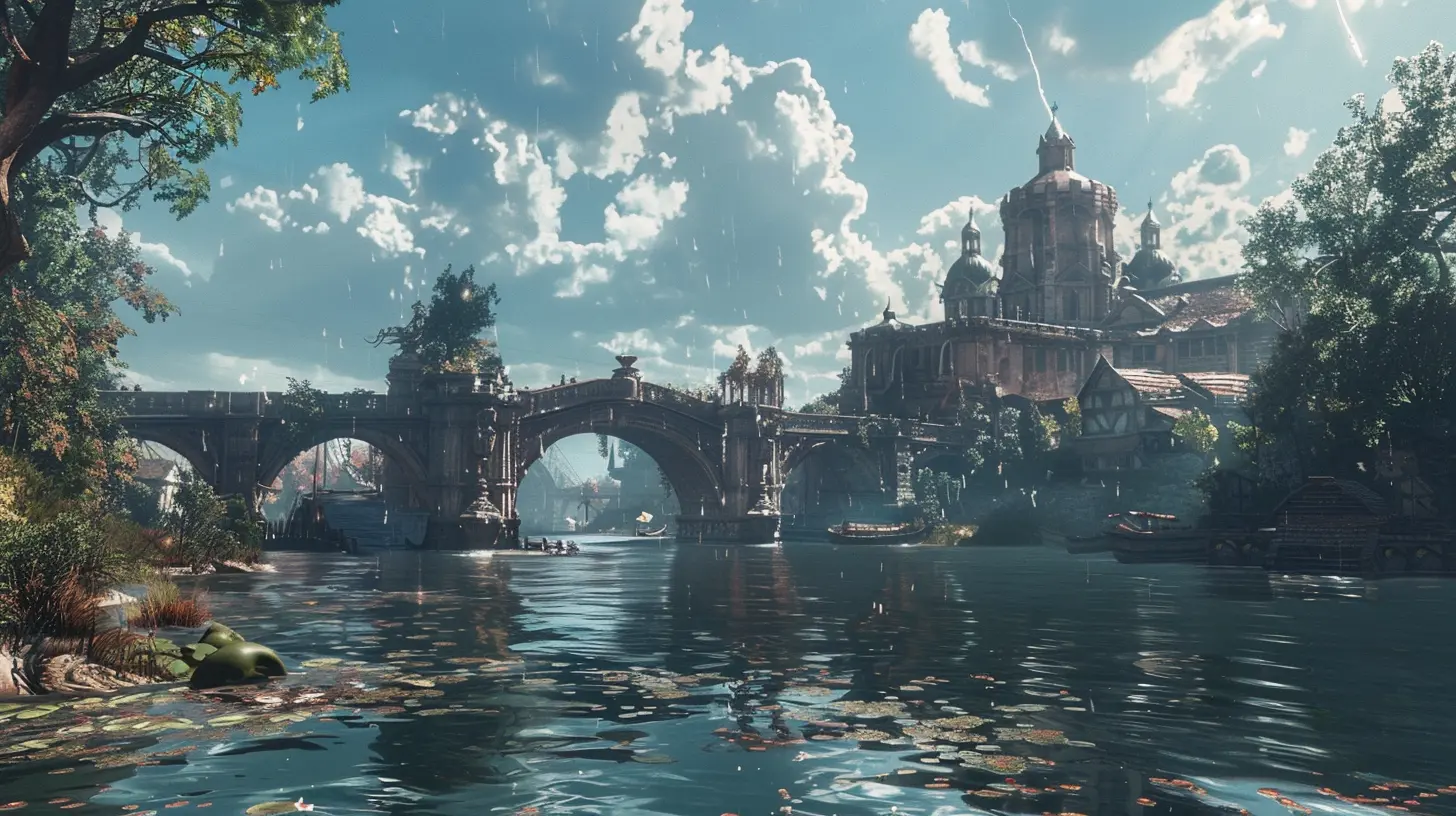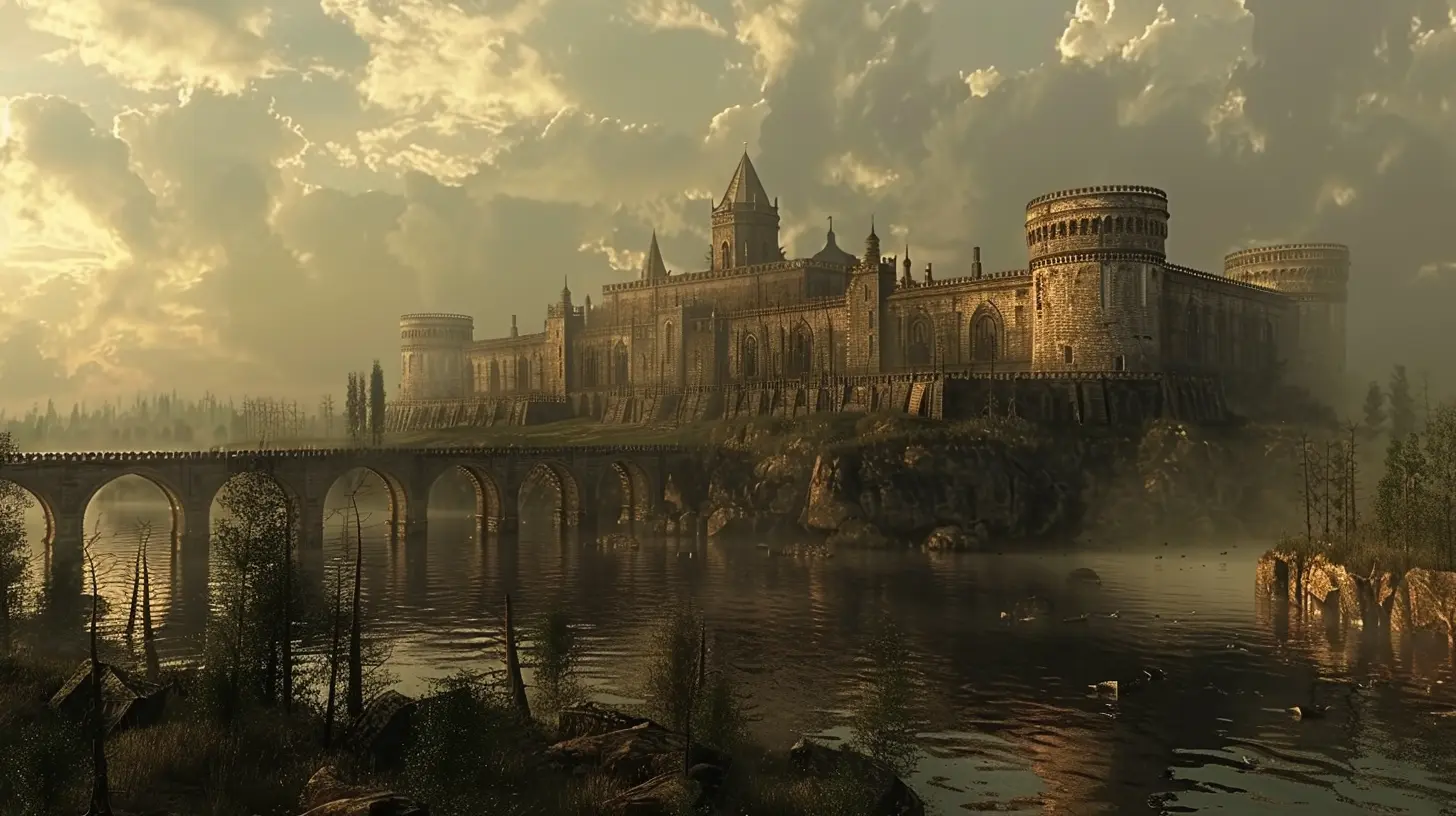The Psychology of Realism: How Realistic Settings Impact Player Immersion
29 June 2025
Ever wonder why some video games feel so captivating and transport you into their worlds while others feel like nothing more than pixels on a screen? It’s not just about the gameplay or the storyline—it’s the realism. The setting of a game can make or break your experience. When games nail realistic environments, we don’t just play them; we live in them. In this article, let’s dive into the psychology of realism and how these lifelike settings pull us deeper into the gaming experience. 
What Does “Realism” Mean in Gaming?
Before we go any further, let’s define what we mean by realism. In gaming, realism can refer to how closely a game mirrors the real world—whether through its graphics, characters, environments, or behaviors. It could be the way shadows bend under a flickering streetlight in The Last of Us or how your character’s breath fogs up in the freezing mountains of Red Dead Redemption 2.But here’s the kicker: realism doesn’t just mean hyper-detailed visuals. It’s about making a world feel believable. Even games that take place in fictional settings, like Skyrim or Cyberpunk 2077, create a sense of realism by building environments that follow their own internal logic. This believability keeps us immersed because when a world makes sense, our brains accept it as “real.” 
What Makes Realism So Powerful?
So, why does realism feel so… addicting? It boils down to one universal human experience: we crave connection. Whether it’s with the world around us or the characters we play, our brains love to latch onto things that feel tangible and relatable.1. Realism Triggers Emotional Responses
Think about it—have you ever felt genuinely scared walking through a dimly lit hallway in a horror game like Amnesia or Resident Evil? That’s realism at work. These environments mimic how we feel in real-life creepy situations, triggering genuine emotions. The same goes for games with heartwarming settings: lush meadows, bustling towns, or cozy cabins can evoke comfort and nostalgia.Games that focus on realistic environments tap into this emotional reservoir. When something in the game feels familiar, we connect with it on a deeper level. It’s kind of like when you smell cookies baking and instantly think of your grandma’s house. Realism tugs at those visceral, gut-level feelings we can’t always explain.
2. We’re Wired for Immersion
Here’s the science-y bit. Our brains are wired to process environments in a way that helps us survive. The more detailed and believable the world, the more mental resources we dedicate to understanding it. This is why you can walk into a dense jungle in Far Cry and almost feel the humidity or hear the leaves rustling.Realism in games hijacks this part of our brain. It tricks us into thinking we’re there, forcing us to focus, analyze, and engage. Basically, games with realistic settings give your brain what it’s already designed to do—explore, adapt, and exist in an environment.
3. It Grounds the Story
Have you ever struggled to care about a game because its world just didn’t make sense? When the setting feels fake or inconsistent, it’s hard to take the story seriously. Realism gives context and weight to what’s happening.For example, in The Witcher 3, the gritty, war-torn villages and sprawling, weather-worn landscapes make Geralt’s journey feel grounded. You’re not just slashing monsters in random fields; you’re navigating a rich, believable world filled with political strife, poverty, and survival. The setting supports the narrative, making everything feel cohesive and, ultimately, more immersive. 
How Developers Create Realistic Worlds
Okay, we’ve established why realism is essential. Let’s talk about how developers pull it off. Because honestly? Creating a world that feels believable is no easy feat—it’s like trying to paint a masterpiece with a magnifying glass.1. Hyper-Realistic Graphics
It’s impossible to talk about realism without mentioning graphics. The introduction of 4K rendering, ray tracing, and advanced motion capture has been a total game-changer. These technologies allow developers to create lifelike textures, lighting, and shadows that mimic the real world.Take something like Red Dead Redemption 2. The way a sunrise spills soft light across the horizon or how rain creates muddy trails under your horse’s hooves—it’s breathtaking. Graphics like this make you feel like you’re living in the game’s world rather than just controlling a character on a screen.
2. Dynamic Environments
Good realism doesn’t just look good—it moves and reacts in believable ways. Developers incorporate things like weather systems, NPCs with routines, and ecosystems where animals interact with one another. These dynamic touches make the world feel alive.For example, in Horizon Zero Dawn, animals roam the wilderness in predictable patterns, and bandit camps bustle with activity. It’s the little details—like NPCs casually chatting by a fire or birds scattering from gunfire—that make everything feel organic.
3. Sound Design and Music
Let’s not forget sound. Have you noticed how realistic games don’t just look amazing—they sound amazing too? From the crunch of gravel underfoot to the distant howl of wolves, audio plays a massive role in immersion.Great sound design places you right at the heart of the action. Think about Battlefield games, where the roar of tanks and the whizz of bullets create chaos that feels almost too real. Or the tranquil ambience of Stardew Valley that makes you feel like you’re strolling through an idyllic countryside.
4. Attention to Detail
Sometimes, it’s the tiniest details that make the biggest difference. Maybe it’s the way NPCs react to your presence in GTA V or how you can interact with nearly every object in The Elder Scrolls V: Skyrim.Developers who focus on these micro-details understand that immersion is about consistency. When a world feels complete—when every corner of it seems intentionally crafted—we relax into it. We stop questioning it and just exist within it. 
When Realism Becomes Too Real
Now, here’s a controversial question: can games be too realistic? Surprisingly, yes. When realism pushes too far, it can actually hurt immersion instead of helping it.For example, games with overly complicated mechanics or systems can feel more like chores than entertainment. Do you really need to worry about making sure your character gets enough water, food, and rest every 20 minutes? While these elements can enhance survival games, they can also exhaust players if overdone.
We might enjoy realism, but we’re still playing games to escape, right? If a setting feels more stressful than engaging, it can yank us right out of the experience.
The Perfect Balance
The best games strike a balance. They use realism to pull us into their world but don’t let it bog us down. It’s like cooking a perfect dish—you need just the right amount of seasoning. Too little, and it feels bland. Too much, and it’s overwhelming.Games like The Legend of Zelda: Breath of the Wild strike this balance beautifully. The world feels alive, with weather patterns, wildlife, and survival mechanics, but it never feels like the game is punishing you for existing in it.
Why Realism Matters to Players
Let’s bring it all together. Why does realism matter so much to us as players? Honestly, it’s because we’re looking for more than just entertainment. We’re looking for experiences.Realistic settings allow us to live out fantasies in a way that feels meaningful. Whether you’re a cowboy wandering the Wild West or a witcher battling beasts, realism lets you slip into someone else’s shoes and explore a fully fleshed-out world.
And that’s the magic of gaming, isn’t it? You’re not just sitting on your couch with a controller—you’re standing in the rain, tracking bandits by the light of a lantern, and feeling every second of it.
The Takeaway
Realism in games isn’t just a design choice—it’s a psychological tool that taps into our need for connection, immersion, and exploration. It’s what transforms a game from something you play into something you experience.So the next time you’re wandering through a hyper-detailed city or watching the sunrise over a mountain range in your favorite game, take a moment to appreciate the thought and effort that went into creating that world. It’s not just pixels—it’s psychology.
all images in this post were generated using AI tools
Category:
Realism In GamesAuthor:

Lana Johnson
Discussion
rate this article
1 comments
Rory McInerney
In realms where shadows breathe and textures whisper, Reality’s canvas paints our dreams deeper. In immersive worlds, souls entwine, As players wander through the vivid design, Psychology dances where realism meets play, Capturing hearts in a captivating sway.
July 3, 2025 at 3:39 PM

Lana Johnson
Thank you for beautifully capturing the essence of how immersive environments enhance player engagement and emotional connection. Your words perfectly reflect the profound impact of realism in gaming!

